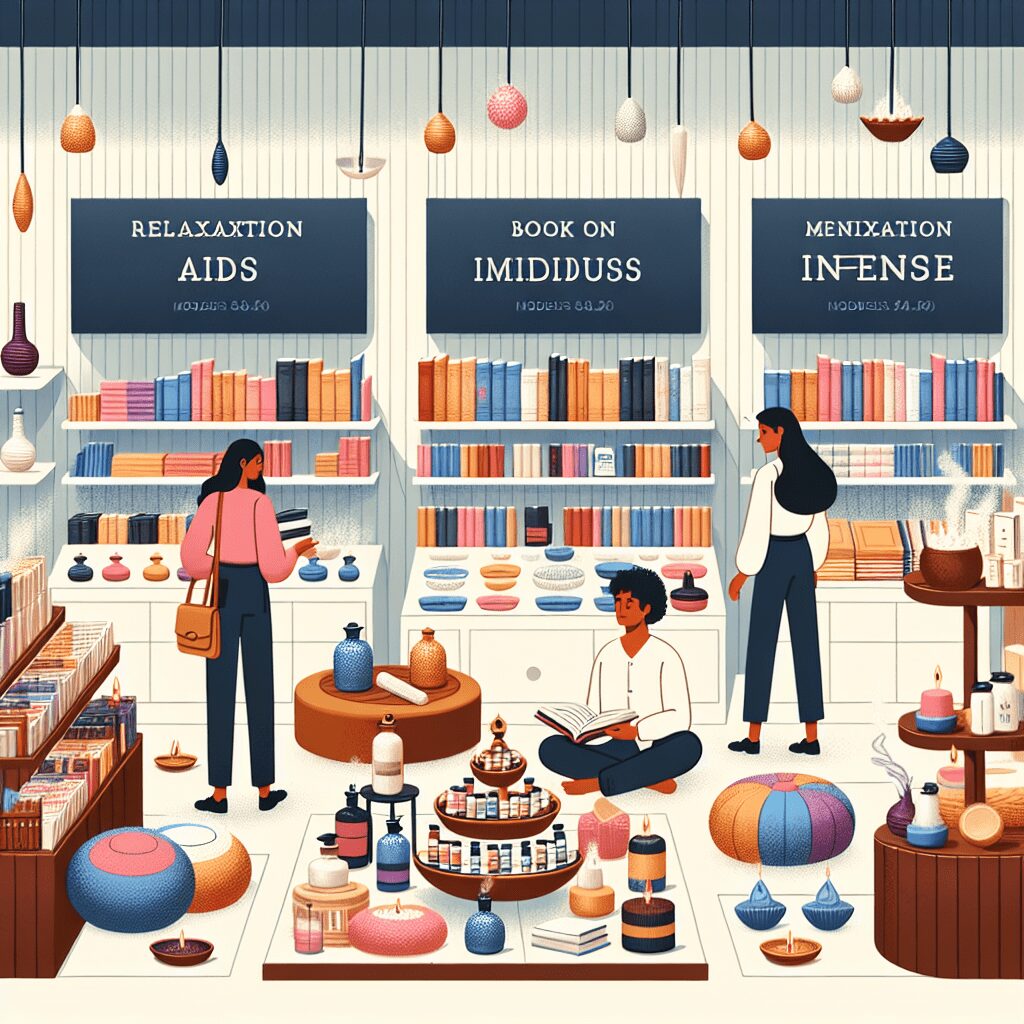
Prioritize your mental well-being daily. Enhance your life by nurturing your mental health with the Smart Meditation app. Break free from stress, alleviate anxiety, and enhance your sleep quality starting today.
What Are The Most Common Dsm 5 Anxiety Disorders For Children And Adolescents?
Unraveling the Web of Childhood Anxiety: A Closer Look
In the fast-paced world we live in, it’s no shocker that children and adolescents aren’t spared from the tentacles of anxiety. Grappling with anxiety disorders from a tender age isn’t just a touch-and-go situation; it can be a bewildering labyrinth for both the young ones and their guardians. The Diagnostic and Statistical Manual of Mental Disorders, Fifth Edition (DSM-5), acts as a compass in this maze, providing key insights and diagnostic criteria. So, let’s dive deep and decrypt the most common DSM-5 anxiety disorders tatooed on the psyches of children and adolescents.
The Big Five: Anxiety Disorders You Need to Know
1. Separation Anxiety Disorder (SAD)
Ah, the ol’ fear of being away from home or significant others. SAD isn’t just about a kid throwing a tantrum because they can’t see their parents. Nope, we’re talking nightmares, sickness, and panic-level distress. Children with SAD are often glued to their loved ones, terrified of losing them to accidents or illnesses.
2. Generalized Anxiety Disorder (GAD)
Ever met a worrywart? Imagine that, but on steroids. Kids with GAD are often fretting over…well, everything. School, health, punctuality, natural disasters – you name it, they worry about it. These kiddos are often perfectionists, always fearing they didn’t do enough or that disaster is just around the corner.
3. Social Anxiety Disorder (Social Phobia)
This isn’t just about being shy or introverted. Social anxiety disorder involves intense fear about social situations where one is exposed to possible scrutiny by others. From speaking in class to attending birthday parties, children with social phobia dread the judgment gaze of their peers, often feeling embarrassed or humiliated.
4. Specific Phobias
Think of this as fear on hyperdrive, targeted at a specific object or situation. Be it dogs, heights, the dark, or injections, the level of fear is way out of proportion to the actual danger involved. This isn’t just dislike; it’s full-on panic and avoidance.
5. Panic Disorder
While less common in young’uns compared to adults, panic disorder is the heavy hitter of the anxiety world. Spontaneous panic attacks that come out of the blue, coupled with the fear of the next attack, can really throw a wrench in a kid’s life. Imagine trying to focus on your math test while worrying about your heart racing for no reason.
Bridging the Gap: Understanding and Support
Getting to grips with these disorders isn’t just an academic exercise. It’s about spotting the signs early and getting the ball rolling on support and treatment. Anxiety in kids can be a slippery slope, often snowballing into bigger issues down the line if left unchecked. But, with the right mix of therapy, support from loved ones, and sometimes medication, the future can look a whole lot brighter.
Knowledge is power, and in the realm of mental health, it’s the first step towards breaking down barriers and fostering an environment where kids can thrive without the shadow of anxiety looming large. So, let’s keep our eyes peeled, our minds open, and our hearts ready to support the next generation as they navigate the choppy waters of growing up.





